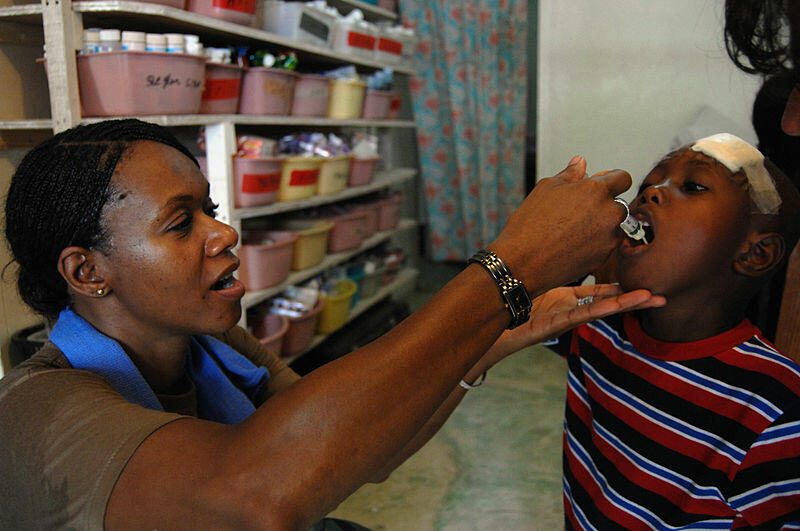
Professor David B Sattelle from the University College London was introduced by LSTM’s Dr Gareth Lycett to over 30 members of LSTM staff and students, and gave a seminar entitled Automated phenotyping of invertebrate pathogens and vectors facilitates high-throughput screening for novel anthelmintics and insecticides.
He began his talk by explaining the urgent need to develop high-throughput assays to search for new compounds, and new ways to extend the life of current drugs and insecticides, which control soil-transmitted helminths and the insect vectors of devastating tropical diseases such as malaria.
Professor Sattelle and his group at the University College London have developed a method for the rapid, automated measurement and analysis of nematode and mosquito larvae examining multiple samples simultaneously, using high-speed filming and algorithms to quantify aspects of nematode and mosquito larvae motility.
In collaboration with colleagues at the Universities of Manchester and Oxford they have used this technology, named “Wormwatcher”, to undertake a library-scale screen of 50, 000 compounds. This has enabled them to rapidly identify novel compounds that immobilise the adult nematode Trichuris muris. The chemicals identified may have potential to control trichuriasis, a Neglected Tropical Disease (NTD), caused by the whipworm Trichuris trichuria which affects around 500,000 people in low and middle income countries that currently has no effective treatment.
The initial screen highlighted 480 compounds that immobilised T. muris, and these were re-screened to identify 20 compounds that had the largest and most robust paralytic effect on the adult nematodes. These compounds were tested for toxicity and showed no adverse effects. Furthermore, pre-treatment of the T. muris eggs prior to infection reduced the host’s parasite load, illustrating the potential of this type of chemistry for use as a spray to prevent re-infection as well as an oral anthelmintic. The technology has been further adapted for use with mosquito larvae demonstrating its broad applicability. To work towards its use in a field setting, a mobile phone camera app has also been developed to screen mosquito larvae mobility for resistance.
Throughout Professor Satelle’s talk he stressed the unmet need for new compounds to control soil-transmitted helminths and the insect vectors of the major tropical diseases, in particular with the rise in insecticides and anthelmintic resistance. The work of Professor Sattelle and colleagues in the development of a high-throughput method for the automated phenotyping of pathogens and vectors may aid in the future development and eventual implementation of new compounds.
Watch the seminar here: